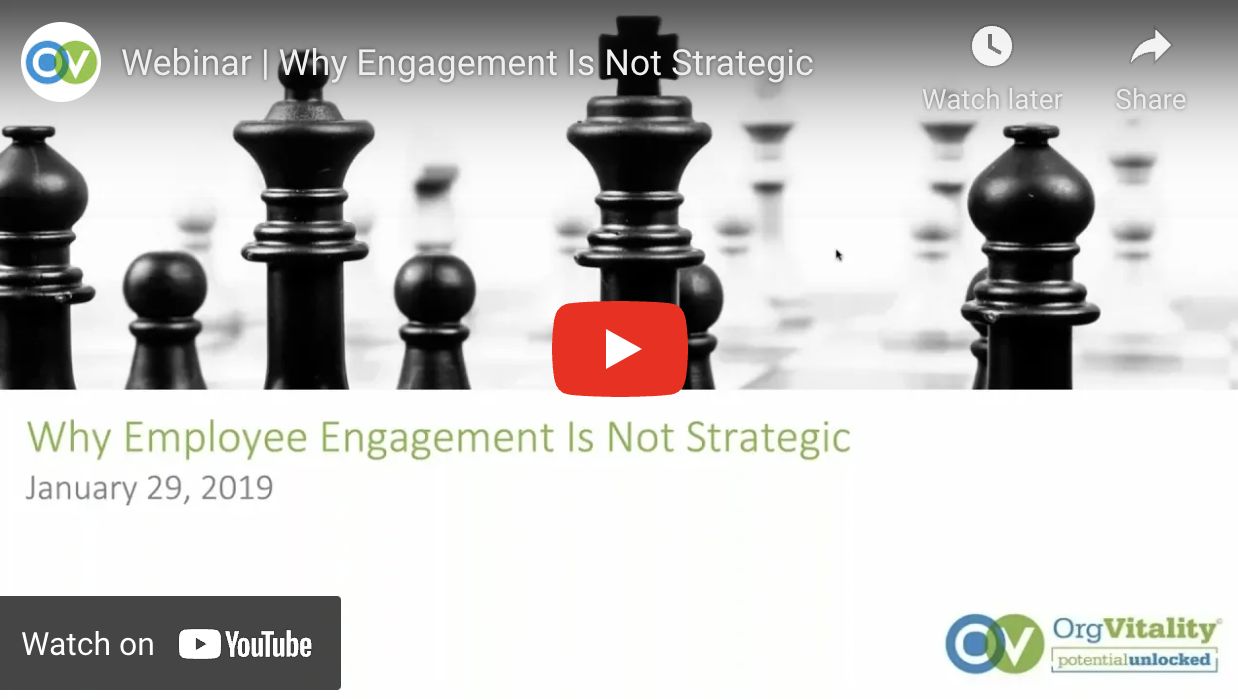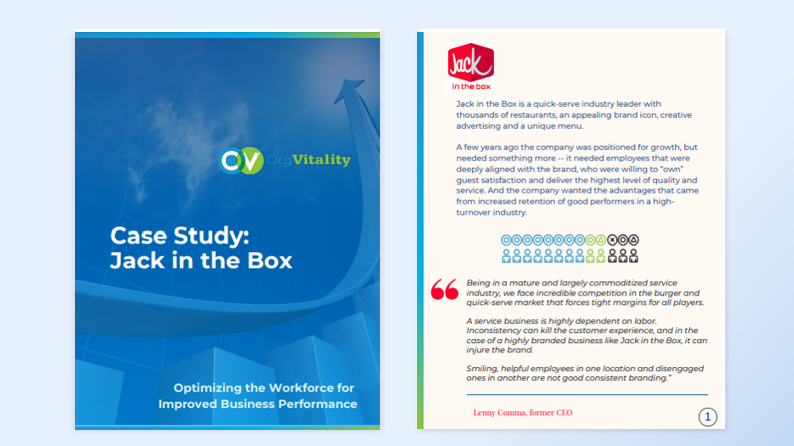
Employee engagement has long been the critical metric many survey practitioners are measuring with a census survey. Engagement tends to be thought of as a passion and commitment in service of an organization’s goals that can result in a stronger collective motivation to get things done, which should, in theory, lead to higher performance.
We have long questioned this narrow focus. Yes, engaged employees may be happy with their work, but is their work focused on the right efforts? We liken it to putting fuel in a car; it may make the car go, but is it headed in the right direction?
To solicit feedback that is directly tied to concrete business outcomes, you need a strategic survey. There may be elements of employee engagement on a strategic survey – in fact, there almost always is – but it’s just one piece of a more comprehensive understanding. Here’s how to create a strategic survey:
[Related Blog: Why Strategic Employee Surveys Are Essential To Your Listening Programs]
1. Define your strategy
Too often, strategy gets confused for goals or aspirations. Revenue targets or market share are goals, but they are not a strategy. A strategy focuses on how the goals or aspirations will be achieved; specifically, what steps will be taken to achieve the goals? Strategies direct choices and action. Strategies must be unique – you cannot copy your way to success.
2. Ask your employees not just about themselves, but what they see around them
Employees are valuable sources of information about directions and execution – topics that help us understand and improve organizational strategy. The automatic assumption that engagement is the most important topic in a survey hurts the overall effort.
[Watch Related Webinar: Why Engagement Is Not Strategic]
3. Craft content that is your unique
There’s no one-size-fits all survey option, even among companies that may share similarities by size, industry, or other factors. Your organization is unique, and your survey should be too. By starting with your strategy, you’ll be able to devise content that is relevant, authentic, and poised to drive improvements.
Ultimately, you want a survey that helps your leadership evaluate and shape decisions, clearly identify challenges, and enhance your competitive edge. The only way to get that is to go beyond engagement.
[Ready to learn more? Read 7 Steps to Launching an Employee Survey]
Author

Amanda focuses on business development, including creating branded content, managing special events, and working with clients to enhance their internal communications. Amanda comes to OrgVitality from the media industry, where she had 20 years of experience writing for national magazines, newspapers, online publications, and television news programs. She graduated from Columbia University with a B.A. in English and Comparative Literature





